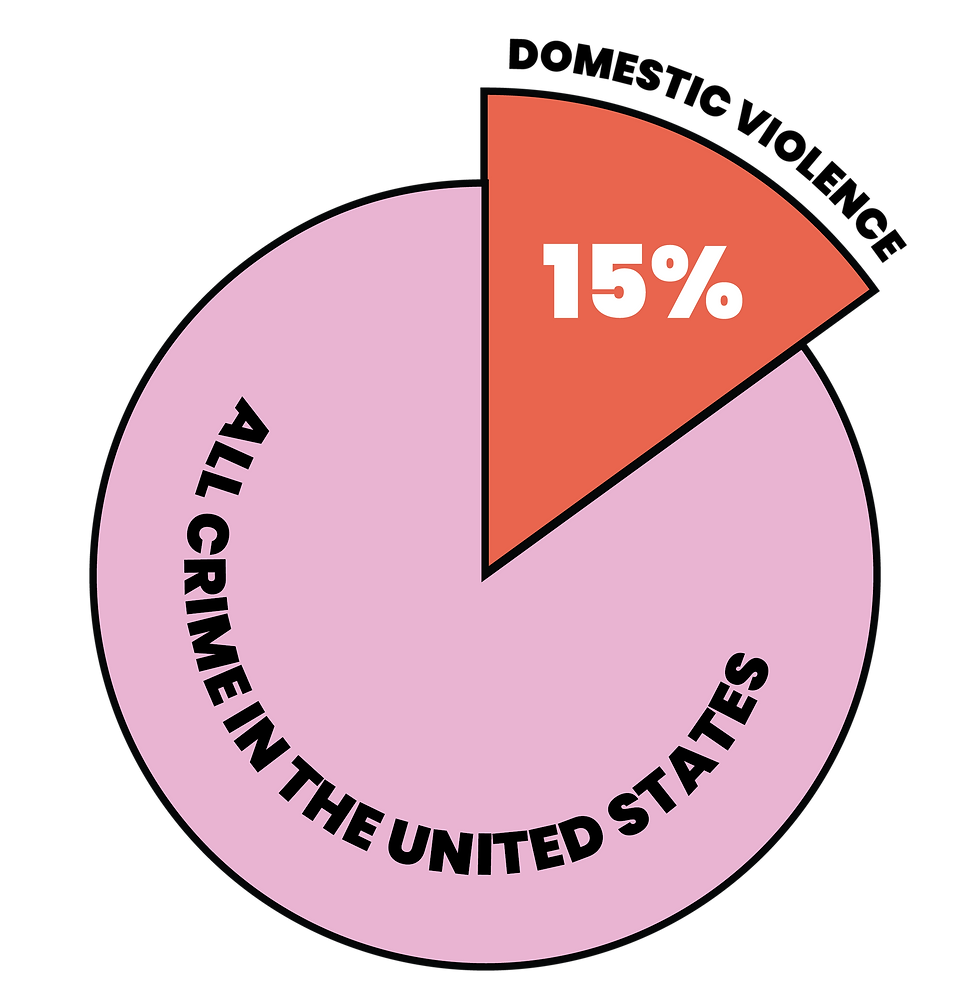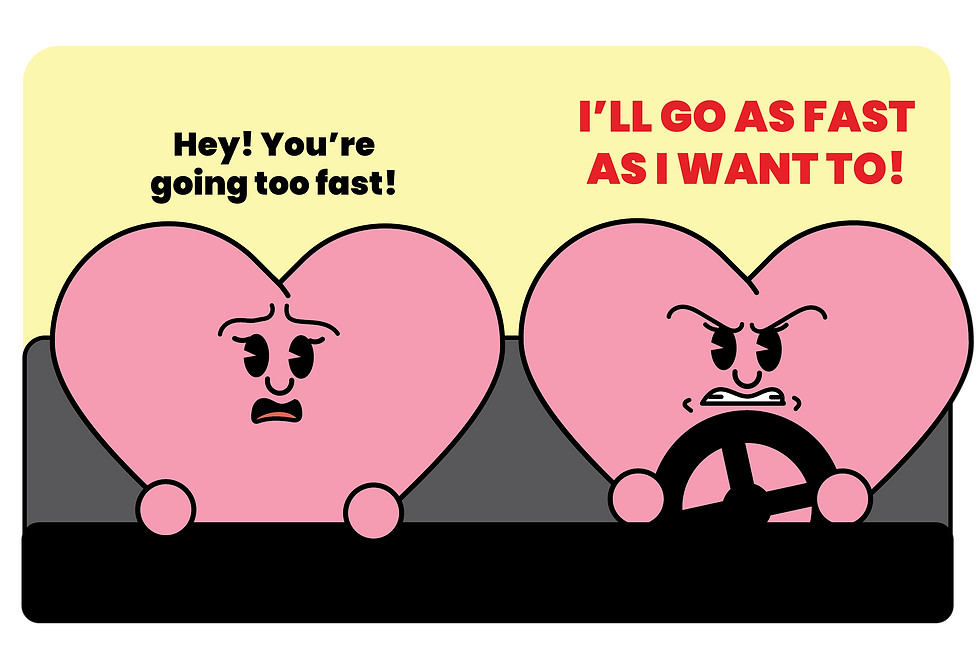What is Physical Abuse?
- Elianna Gregory
- Sep 2, 2024
- 2 min read
PHYSICAL ABUSE occurs when an abusive person uses physical violence to cause injury and maintain control over you. Both men and women can experience Physical Abuse.
Physical Violence in a relationship is known as Intimate Partner Violence (IPV) or Domestic Violence and is a crime. Domestic violence is not rare.
Domestic Violence Statistics
1 in 3 women and 1 in 4 men is a victim of some form of physical violence by an intimate partner during their lifetimes.
More than 10 million Americans are victims of physical violence annually.
Domestic violence accounts for 15% of all violent crime in the United States.
(Statstics from the National Coalition Against Domestic Violence)

Examples of PHYSICAL ABUSE
Punching. Slapping. Pinching. Choking. Shoving. Kicking. Pulling your hair.

Throwing objects at or near you.

Driving recklessly with you in the car.

Forbidding you from eating or sleeping.

Preventing you from calling the police, or getting medical attention.
Trapping you in the house/ a room, preventing you from leaving.
Abusing your pets or children.
Pointing a weapon at you (in most jurisdictions brandishing is a form of assault)
Strangulation is one of the deadliest forms of Physical Abuse
Women who have experienced Non-fatal strangulation (choking) by a romantic partner are at an elevated risk for homicide at the hands of their partner.

Strangulation Domestic Violence Statistics
According to The Training Institute on Strangulation Prevention:
1 in 4 women will experience intimate partner violence in their lifetime. 68% will experience near-fatal strangulation by their partner.
70% of strangled women believed they were going to die.
and most importantly:
Odds of homicide increase 750% for victims that have been previously strangled...-The Training Institute on Strangulation Prevention
That means if your partner has strangled you, they are 7.5 times more likely to possibly kill you in the future. If your partner ever strangles you, be aware that you are in danger.
How do I leave a physically abusive relationship?
Leaving a physically abusive relationship can be dangerous and take time. If you are thinking of leaving a relationship with intimate partner violence, consider creating a safety plan to ensure your success and lower your risk of continued abuse.
You Matter
No one deserves to face any type of physical abuse or aggression in a relationship. If you or anyone you know is experiencing abuse, seek help. You are not alone. YOU MATTER!
SOURCES
NCADV. (2015). Facts about domestic violence and physical abuse. Retrieved from www.ncadv.org
The Training Institute on Strangulation Prevention. Strangulation Infographic. Retrieved from https://www.strangulationtraininginstitute.com/strangulation-information-graphic/
The National Domestic Violence Hotline. Create Your Personal Safety Plan https://www.thehotline.org/plan-for-safety/create-your-personal-safety-plan/#gf_1
Office on Women's Health. Physical Abuse. Womenshealth.gov https://www.womenshealth.gov/relationships-and-safety/other-types/physical-abuse




留言